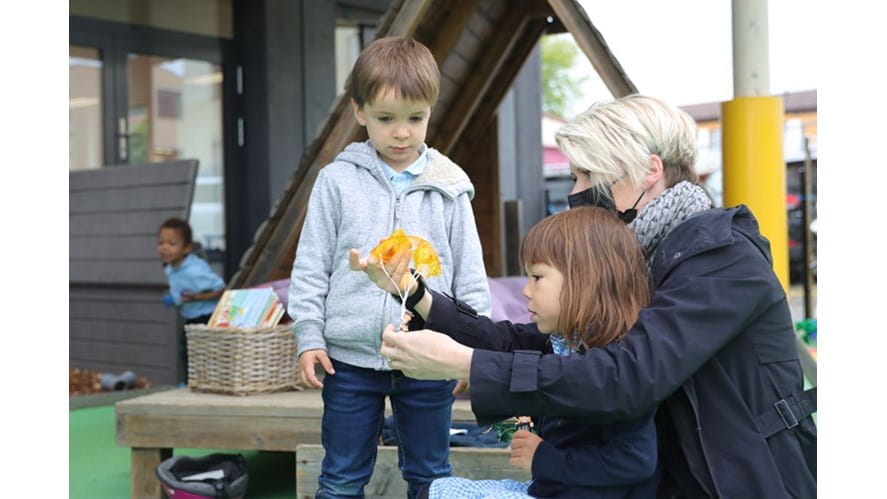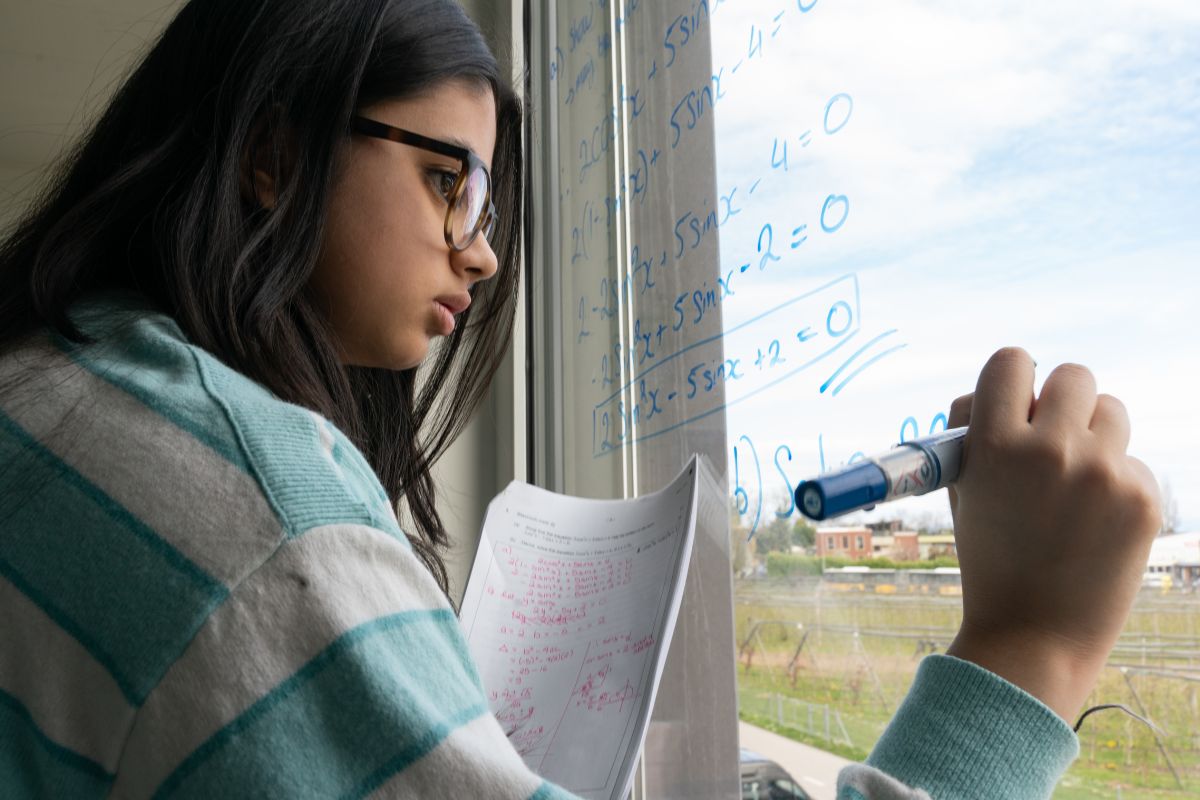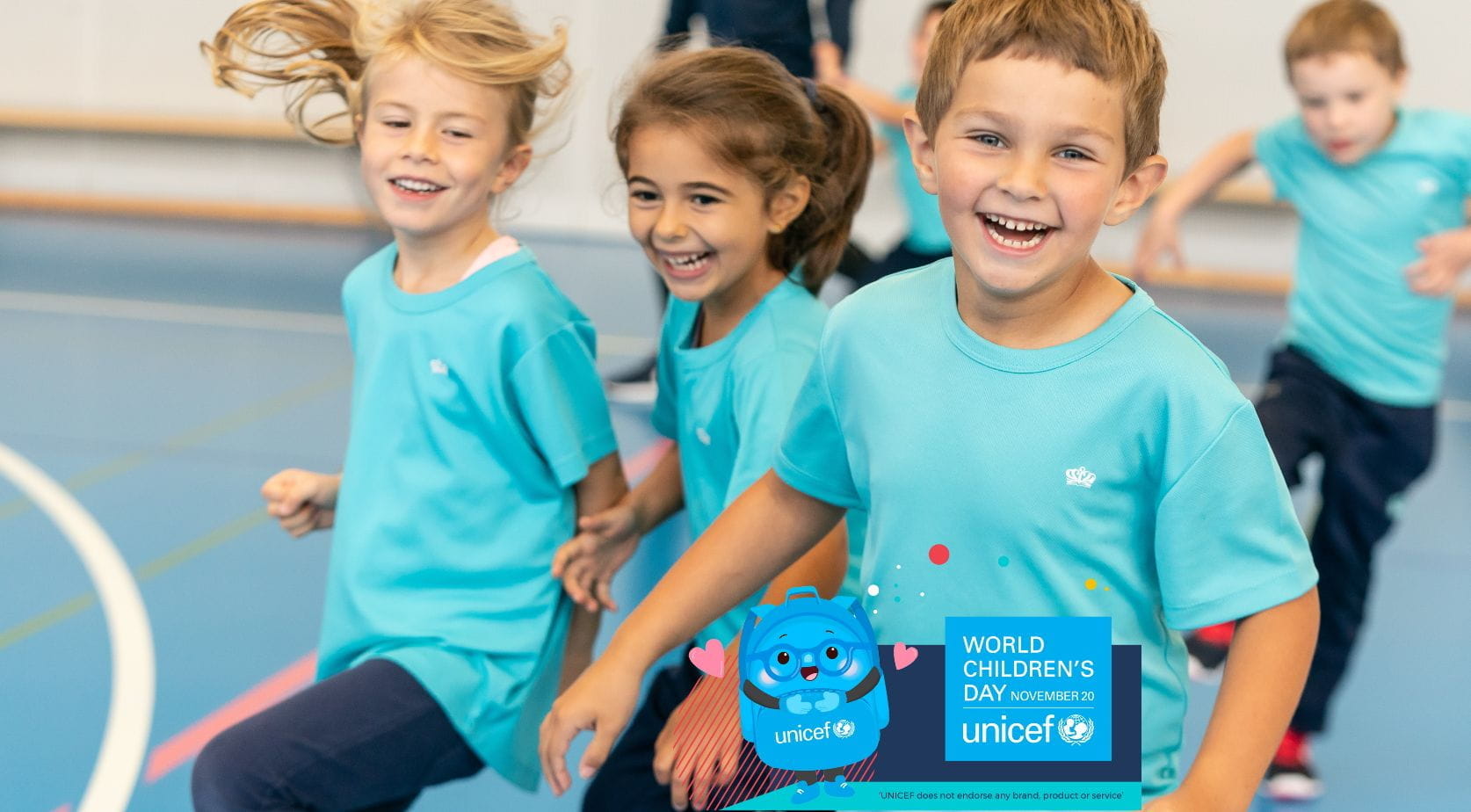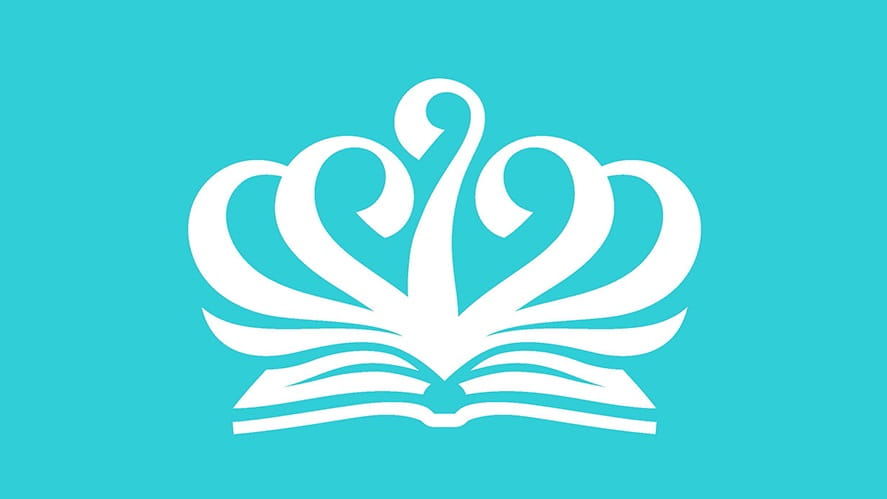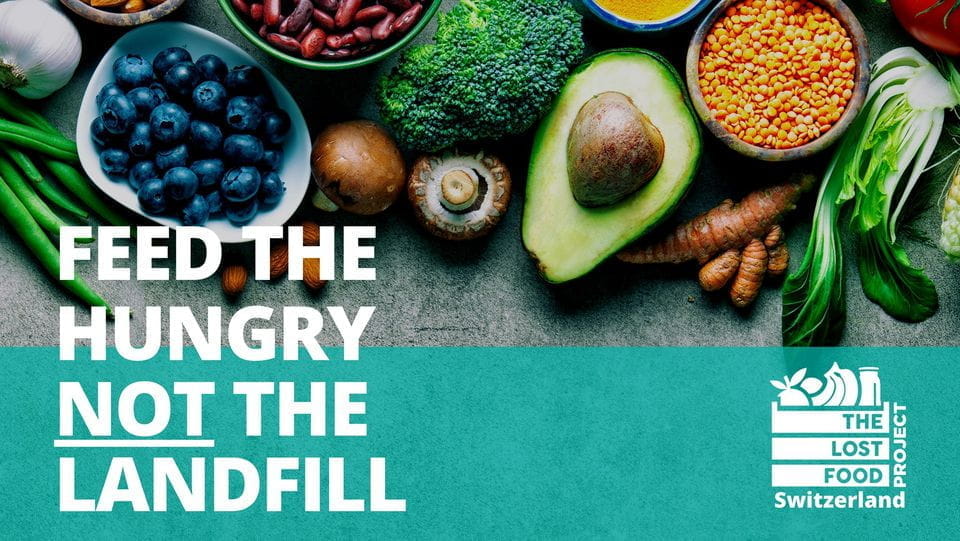When gross motor skills and problem solving collide - the trajectory schema
As adults, we can tell children about our experiences, and we can give them advice, but children only really learn when they have the opportunity to experience things for themselves.
Find out more!
Recently in Foundation 1, the children have been really interested in developing their throwing skills, especially in the EYFS outdoor room, practising with foam discs, balls and toys. To the untrained eye this may seem like undesirable behaviour and is sometimes misunderstood by adults, but it is important to recognise that children learn through experience. In particular, they learn when they have the opportunity to reflect on something they are doing or have done.
Emma Ryves, Early Years Coordinator at La Côte International School Aubonne, explains how children learn through 'schemas'.
As adults, we can tell them about our experiences, and we can give them advice, but children only really learn when they have the opportunity to experience things for themselves. Through these experiments, made possible by their own play, and by applying different "schemas", they have the chance to find out how things work, to learn by trial and error, to make connections and to make sense of their learning.
What are "schemas"?
Simply put, schemas are recurring patterns of behaviour exhibited by children. They are displayed by children as they develop, explore their world and figure out how things work, and can be expressed physically, verbally or in drawings. Understanding schemas can help us understand why our children sometimes behave in certain ways. By observing your child's activities, you can find out what schema they are experiencing, plan activities that will expand their thinking, and work to minimise some of the more undesirable aspects of these actions and behaviours
The "trajectory" schema
Throwing things is associated with the 'trajectory schema'. Children with a trajectory schema enjoy movement. They are attracted to observing and creating movement, as well as being moved. Children with a trajectory schema will throw things, and until they have some understanding of the world, some of those things will break. It is not the breaking that interests them, but the movement, and adults rushing over to clean up the mess adds to the movement and excitement. Some parents feel that their child with a movement pattern is not playing with toys, but perhaps they are just accessing it in a less conventional way.
Over the course of this term we have incorporated activities and games to support these skills, such as courses with cones so the children can see how far they can let the Frisbee fly, or a sheet with different shaped holes and nets for the children to throw balls into. To extend this learning process, we took turns counting the balls we could throw into the corresponding holes and writing down the results. In doing so, we used our mathematical knowledge to find the correct numbers and started writing them.
Today we made parachutes for our little figures (we provided the children with different materials, string, scissors and tape) and then threw them in the air and watched them move. One child wanted to make a kite, which they then enjoyed running around with, watching it move in the wind behind them.
Over the next few weeks we will continue to observe and give the children more opportunities to develop this schema.
